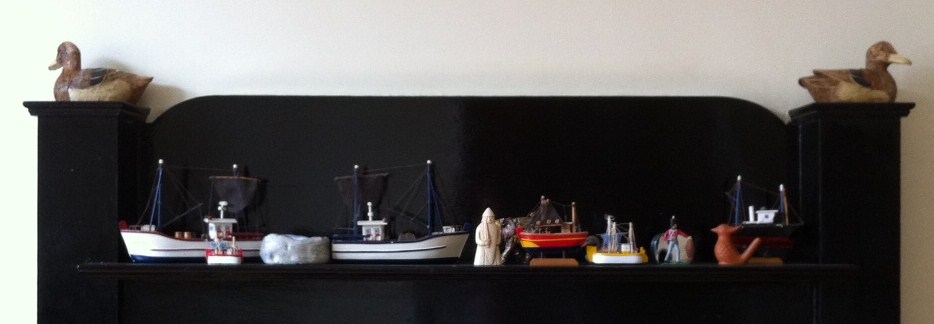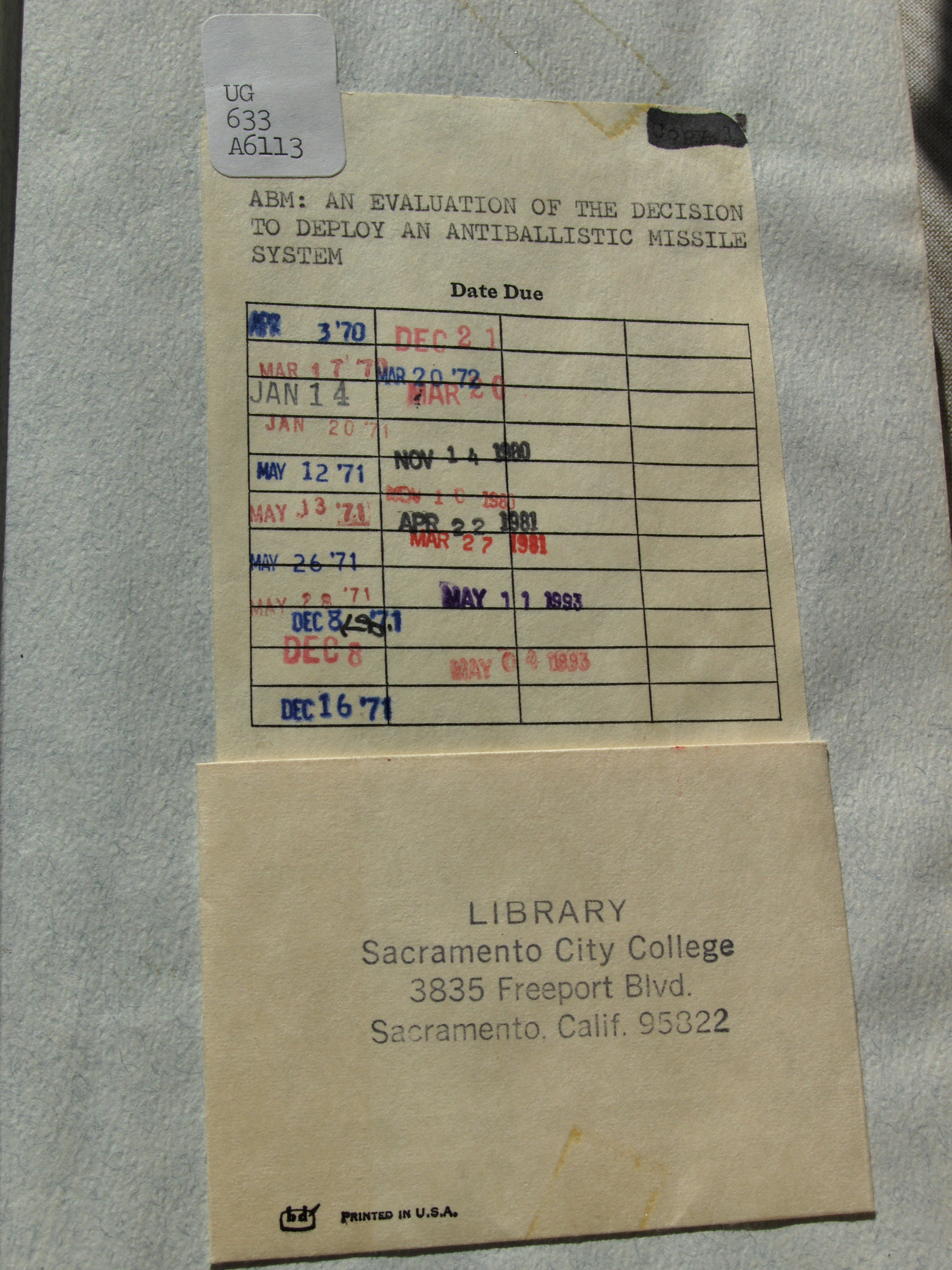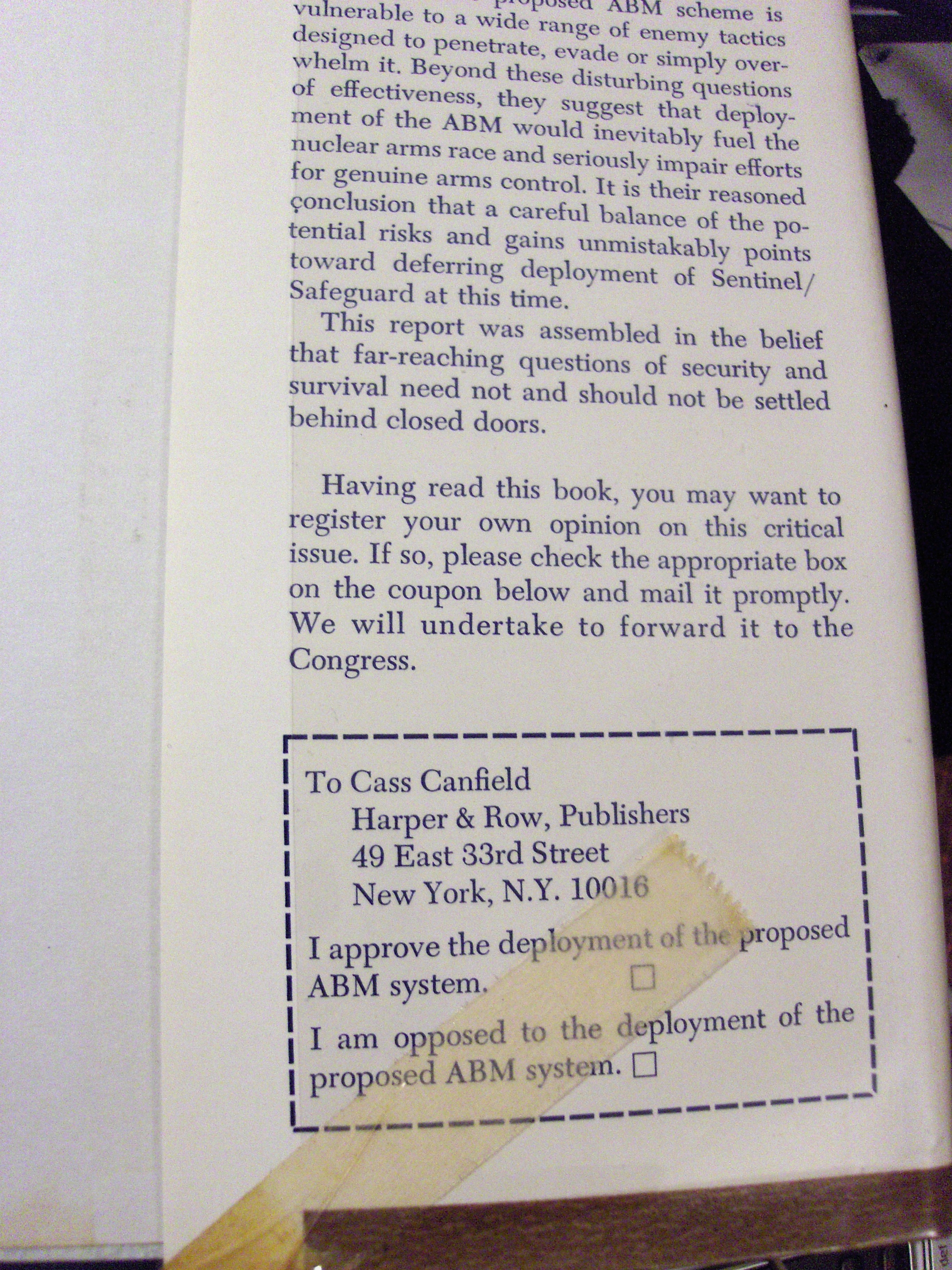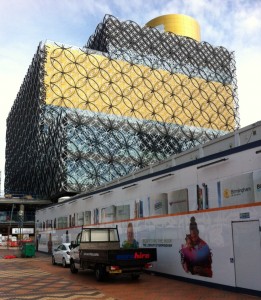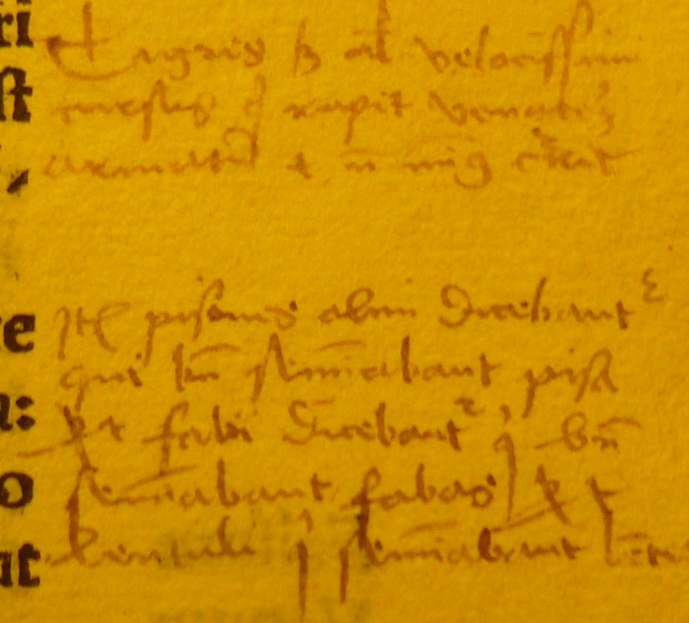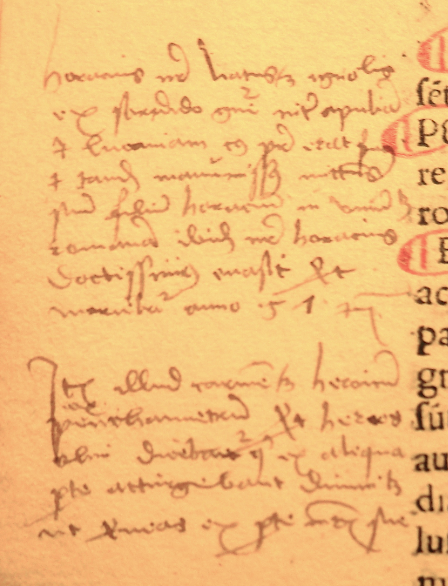An item on this morning’s Radio 4 news programme Today asked listeners: ‘what is on your mantelpiece?’ This was a question first asked by the pioneers of Mass Observation—the project to map the everyday life of the British, initiated in 1937. As part of the effort to construct an ‘anthropology of ourselves’, observers were asked to “write down in order, from left to right, all the objects on your mantelpiece, mentioning what is in the middle” and then to do the same for other people’s houses, taking note of the age, class, and wealth of the householders, and enclosing photographs.
A researcher who has spent long hours in the Mass Observation archive, Rachel Hurdley, commented with a certain weary over-familiarity: “At first the eye can glaze over, because you’re thinking: right, this is going to have a clock; it’s going to have candlesticks; it’s going to have letters behind the clock or underneath the candle on the left-hand side; it’s going to have ashtrays which aren’t used as ashtrays, they’re used to dump collar studs in, sewing stuff, needles; there’s going to be a perpetual calendar; and no doubt there’s going to be smoking paraphernalia and stuff for the fire”. But then Hurdley got caught up in thinking about the letters, and what they meant at a time when there might have been several deliveries of mail each day, and when the envelopes on the mantelpiece might have been part of a dynamic system, a to-do list that represented a serious part of one’s engagement with the outside world. “Whereas now we have emails and iphones and twitter and blogs and god knows what”, then we had a shelf above the fire. “The mantelpiece was like your ipad today”.
Yet the mantelpiece is also a place for display, and the report suggested that such domestic displays are unusually intimate, laying bare the soul; as either Gilbert or George put it, “in five seconds you know exactly what sort of person you are dealing with”. There was also an absorbing discussion of the competition between hearth (or gas-fire) and television-set as the centre of the living-room. All of this might push one to think about the associations between fire, smoking and reading that cluster around those older mantelpieces. Do the candles, the ashtray, the fireplace and the letters connect up–did they connect up? Or were they disparate, chance collisions of unrelated objects, most of them less for use than show?
